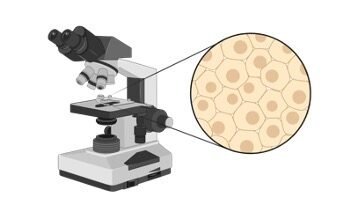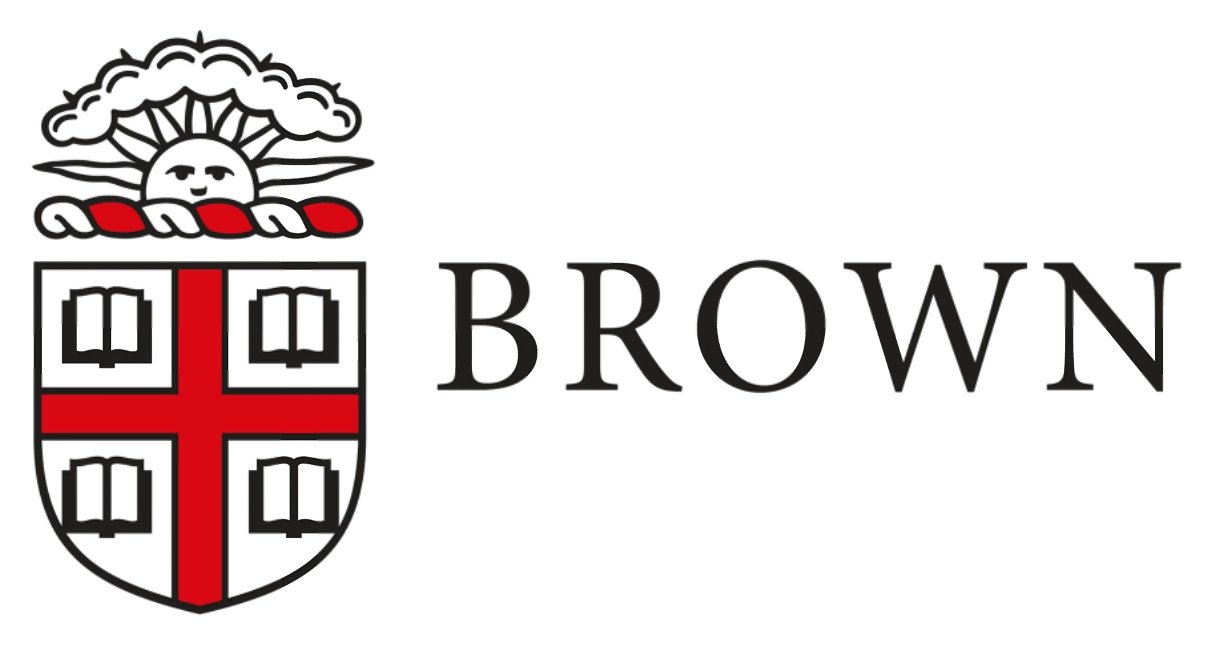Table of Contents
Sea Otter Definition
Sea Otter is a endangered otters belong to the genus Enhydra and come under the order Carnivora. These marine predators may weigh up to 14-45 kg. They are found in offshore and coastal marine habitats along the west coast of North America.
They are also the smallest marine mammals that due to hunting have become endangered and exist in only a small fraction of their original historic range.
What is Sea Otter?
Sea Otter are medium-sized mammals that are members of the family Mustelidae. Sea otters are the largest of this weasel family and are the only members who do not partake in burrowing.
They have brown fur with shades of lighter tan and yellow on the adult heads. They possess small black eyes, small ear flaps, and long whiskers. One of its adaptations includes its nostrils that they can close during long dives and broad long webbed hind feet that make them efficient swimmers.
Their clawed short front paws equipped with pads help in gripping the slippery prey targets. They also have sharp pointed front teeth as other mammals that aid in tearing and slicing their food apart and their round flat molars help them grind and crush the food. These adaptations help these mammals to survive in marine habitats.
Sea Otter Distribution
They are ubiquitous along with the range from Alaska to Mexico. Their historic range extended even across North Pacific to Japan and Russia. They were endangered due to the increased demand for their fur in the 1740s, which nearly drove them to extinction.
They prefer the coastal waters, though some may be found offshore as well in this range. They dwell in sheltered regions that provide them protection from extreme ocean winds. They spend their whole life in water that makes them distinct from other weasel family members.
Sea Otter Diet and Predators
These carnivorous predators prey on sea urchins and are usually diurnal according to their foraging pattern. They normally forage in the early morning, late afternoon, and even around midnight. They rest during the middle of the day and night.
They forage on the seafloor by diving up to 100 ft depth. They also feed on crustaceans like crabs, mollusks, and sometimes even fish. They feed primarily on sea urchins in abundance till they stain their teeth purple.
Their predators include sea lions and orcas. Eagles may also prey on young otters. Pups are also vulnerable to predators like coyotes and bears. Though white sharks overlap some parts of their ranges there is no evidence that they prey on them.
Sea Otter Reproduction
They exhibit polygyny where the males have multiple partners. They breed throughout the year and the phenomenon of delayed implantation is also seen in them. This delay permits them to give birth in favorable conditions and can also be influenced by the presence of alternate males.
The females give birth to one pup at a time following a gestation period of 6 months. These pups till the age of 2 months, stick around their mothers and will often ride on their backs. The pups start to dive and catch their own food around 2 months.
Females will nurse them for another 3 more months. They attain sexual maturity at 3 to years and males often mature 1-2 years later or slower than females.
Sea Otter Conservation
They had a large range in historical times and were up to 300,000 in number. They were poached extensively in the colonial era generally for their pelt during 1741 to 1911 due to which their numbers dropped to over 1000 and their range was also significantly reduced. As a result of the protective conservation measures, their numbers inclined again to approximately two-thirds of their original range.
Fun Facts about Sea Otter!
They have charismatic personalities and appearance due to which they are gaining popularity. Their importance that was once limited to a pelt has since then emerged as an important keystone species.
i. Thick Fur
They have dense fur where up to 150,000 hair follicles are present per square centimeter that makes them the densest in all animal kingdoms. This may be one of the reasons why their fur was so valued in the colonial period.
The fur comprises waterproof long guard hairs that are spotted over their shorter underfur that keep the waterway from their skin. They only need their fur for keeping warm and no fat layer like other marine mammals are required.
ii. Regulators
They as a keystone and predator species check the population of organisms they feed on. In their absence, the sea urchins may overtake the kelp. This leads to wasting away from sea kelp forests that are significant as they provide habitat for various species and are also the nursery for commercially fished species. The presence of sea otters helps in avoidance of such situations and thus maintain the kelp forest.
iii. Tool Time
They are intelligent organisms that make powerful foragers. They can employ tools like rocks to dislodge their feed like mollusks from the substrate.
Sea Otter Citations
- Aquatic Adaptation and Depleted Diversity: A Deep Dive into the Genomes of the Sea Otter and Giant Otter. Mol Biol Evol . 2019 Dec 1;36(12):2631-2655.
- Wild sea otter mussel pounding leaves archaeological traces. Sci Rep . 2019 Mar 14;9(1):4417.
- Prolonged recovery of sea otters from the Exxon Valdez oil spill? A re-examination of the evidence. Mar Pollut Bull . 2013 Jun 15;71(1-2):7-19.
Share












